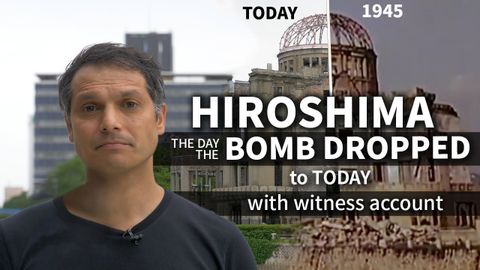広島原爆物語|爆心地巡り★日本限定 (Hiroshima Bombing Story | Tour around the Atomic Hypocenter ★ ONLY in JAPAN)
林宜悉 が 2021 年 01 月 14 日 に投稿  この条件に一致する単語はありません
この条件に一致する単語はありませんUS /ˈtrɪɡɚ/
・
UK /'trɪɡə(r)/
- n.引き金;事を開始する装置;きっかけ;トラウマの引き金;トリガー (電子工学);トリガー (コンピュータ);トリガー (釣り)
- v.t.引き起こす;引き起こす;反射を引き起こす
US /ˈɪmˌpækt/
・
UK /'ɪmpækt/
- n.影響;衝撃
- v.t./i.衝突する;影響を与える;埋伏する
- v.t.打つ;削除する
- n. (c./u.)打つ;ストライク;ストライキ;ストライク;攻撃
- v.i.突然~の状態になる;突然思いつく
エネルギーを使用
すべての単語を解除
発音・解説・フィルター機能を解除

